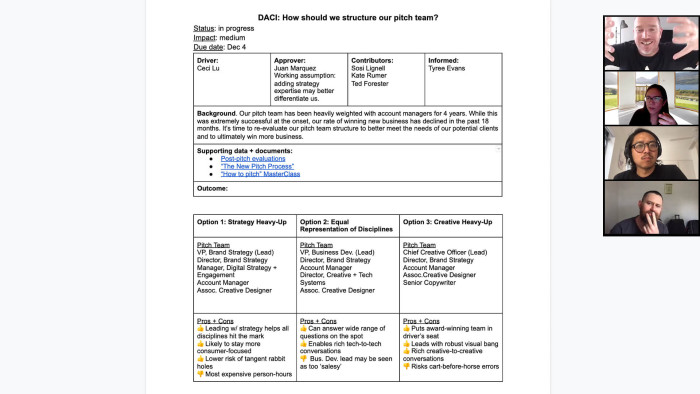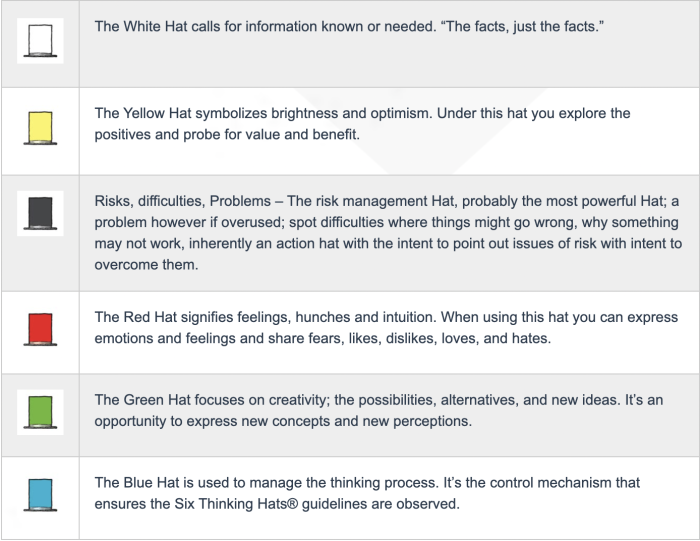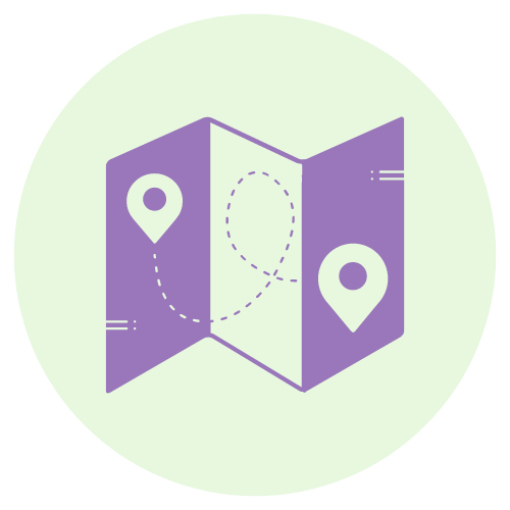Whenever you need to make a decision (which is quite often for every PM out here), it’s hard to escape your own biases and pre-set agendas that you might not even be aware of, as well as the cacophony of external inputs, opinions, and voices. This noise can easily cloud your judgment.
So, let us walk you through some of the decision-making frameworks that can help you increase your decisiveness by relying on a strategic approach. Of course, every decision-making moment will be different from the rest, but you can still standardize your approach to work better as a team (and across teams) to make the right choices.
Important: Cross-collaboration between teams is essential. But don’t forget to include your customers along the way. You’re building products for them, so make sure that customer feedback is weighted in every decision you make.
Let's take a look at the frameworks you can use.
In this chapter
DACI Framework
To implement the DACI framework, you will need:
Driver: This is the one person who will be driving the team to a decision
Approver: This is the person who will have the final say in approving the decision
Contributors: Team members who have knowledge that will inform the decision-making process
Informed: These are people and teams who will be affected by the decision and may need to change their work as a result
Atlassian has put together a DACI Playbook to make it easier for teams to implement this approach in their everyday workflow.
So, gather your team, define roles and responsibilities, and start a collaborative document. Make sure to include all the background information, relevant data, and a brief explanation of the options you want to consider. This will enable you to make a firm, well-informed decision.
And here’s an example of how the process can look like in practice:

(Source)
S.P.A.D.E. Framework
Gokul Rajaram has mastered the S.P.A.D.E. framework during his years at Google and Facebook, and further evolved it with his colleague Jeff Kolovson at Square. He put his knowledge, insights, and tips into a comprehensive S.P.A.D.E. toolkit to help teams implement it.
In its essence, as Gokul Rajaram describes it, the S.P.A.D.E. framework includes five elements:
Setting: What is the decision to be made? Why does this decision matter? By when does the decision need to get made?
People: Who is responsible for the decision and the execution of the decision? Who is responsible for approving the decision? Who should you consult?
Alternatives: Brainstorm publicly to generate alternatives. Make them feasible, different from each other, and comprehensive.
Decide: Everyone should vote in private. The decision-maker then takes their inputs into consideration, as well as the pros and cons of each alternative, and makes a decision.
Explain: The decision-maker is responsible for explaining his decision and sending the S.P.A.D.E. doc, typically via email, to everyone in the company (or everyone whose work will be impacted by the decision.
You can use Gokul Rajaram’s S.P.A.D.E. template to get started and continue implementing it using helpful add-ons.
Six Thinking Hats® Technique
Can we think together? 🤔 Dr. Edward de Bono, the originator of the term Lateral Thinking and one of the leading authorities in creative thinking and innovation, certainly thought we can. In fact, he developed the Six Thinking Hats® technique around that idea and wrote a book about it.
Six Thinking Hats® is a process of parallel thinking that can help you be more focused and mindful about decisions you need to make. It’s a powerful thinking tool, and it gives the best results when used with well-defined KPIs for ROI success.
Here’s how The de Bono Group explains it:
“You and your team members can learn how to separate thinking into six clear functions and roles. Each thinking role is identified with a colored symbolic “thinking hat.” By mentally wearing and switching “hats,” you can easily focus or redirect thoughts, the conversation, or the meeting.”
And here's an official visual representation of what each of the “hats” represents:

(Source; © The De Bono Group)
This technique can help you systematically consider issues, challenges, and opportunities, come up with more ideas and creative solutions, make thorough evaluations, and achieve significant results in less time. Of course, always include user feedback in the research to validate ideas and new features you want to build.

🎬 Webinar: Validating Product Roadmaps With Your Users
Learn how to validate new product ideas and solutions with user feedback in this webinar with Maze
OODA Loops
The OODA loop refers to the observe–orient–decide–act cycle, originally developed by a military strategist and the United States Air Force Colonel, John Boyd.
The framework relies on situational awareness, clear-cut plans, and decisions that need to be made in fast-moving scenarios. And the four steps of the OODA loop are:
Observe: Understand the context, collect relevant data, and digest the information
Orient: Analyze, evaluate, and convert raw data into meaningful insights
Decide: Make a well-informed decision on the course of action to deliver the optimal outcome
Act: Execute your decision and determine whether your hypothesis was right
Action is not the last step, though. Using the OODA loops, take your learnings into consideration, and move through the loop for the next decision. Ideally, each next cycle will give you more accurate results than the previous one, faster. These loops can serve as an essential paradigm for product operations, one of the pivotal roles for product-led companies.




